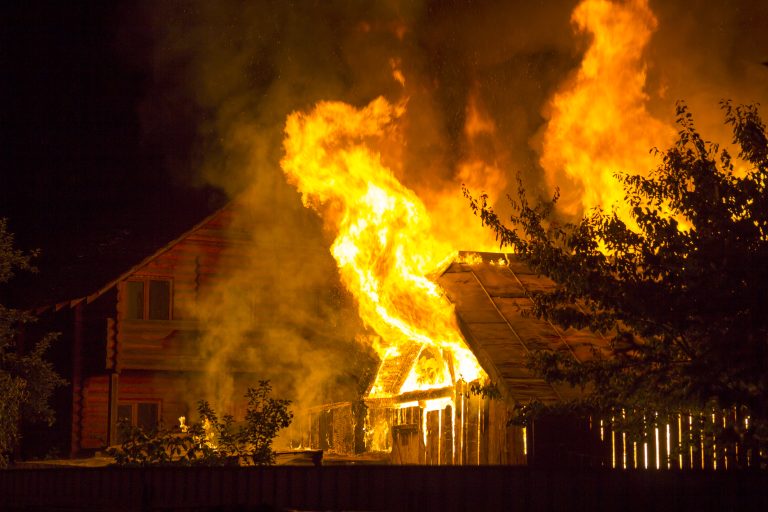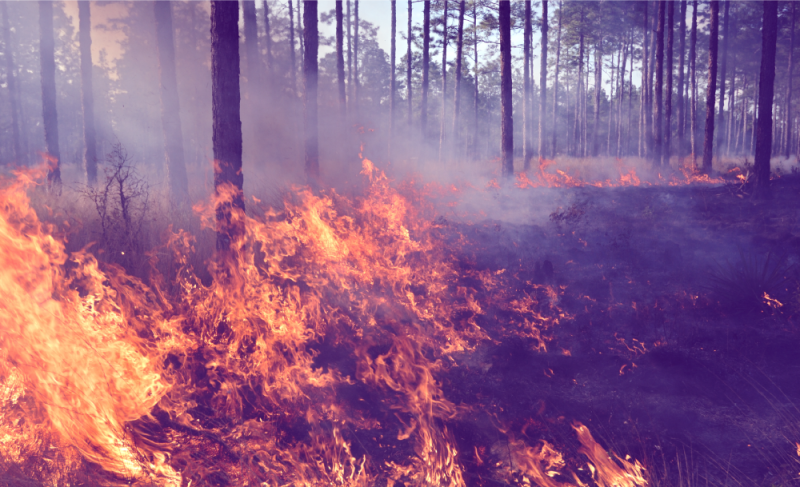
Why Proactive Wildfire Planning is Essential

Risk assessments and real-time data are key to saving lives and land
In the summer of 2018, the Spring Creek Fire was rampaging in Colorado. A piece in The Denver Post at the time depicted a difficult picture: “Firefighters are bulldozing fire lines around numerous subdivisions and communities including the small mountain town of Cuchara, CO, as the virtually-unimpeded Spring Creek fire chews up thousands of acres.” Conducting risk assessments and having up-to-date data for wildfire mitigation hazard planning is an investment that can saves lives and land.

Here at Precisely, we are frequently asked to define the value of wildfire planning. The Spring Creek Fire is a stark but relevant example that illustrates some of the perils that occur when this type of planning is not in place.
Read the Whitepaper
Wildfire Risk - A hazard and risk assessment database
Read this whitepaper which contains information about wildfire risk model assessements and how they can be used in business and programmatic analytics.
A proactive approach
The main idea here is to not wait until the fire has arrived – it’s to anticipate and act upon what needs to be done before a situation becomes out of control.
So, what exactly happens when wildfire planning is not in place? Communities tend to be at the mercy of the fire management team, who utilize the fastest techniques to protect communities – and rightly so. However, these approaches often involve heavy equipment like bulldozers and tractor plow units, along with multiple saw crews cutting trees with the goal of getting things done quickly before the fire arrives.
Don’t get me wrong – these resources are essential to protecting communities. But, when a plan has been developed and diligently implemented, some of these more intrusive methods can be avoided.
Thoughtful wildfire planning involves the citizens and landowners, and fuel breaks can be placed with input from those that must live with them. Often, well-planned fuel breaks can serve multiple purposes that include but aren’t limited to: mountain views, equestrian trails, and even enhanced edge cover for wildlife.
Alternatively, when a bulldozer operator is cutting a fuel break, I guarantee that the priority is to simply complete the job safely, quickly, and right – after all, this is the only option when a fire is on the doorstep.
A myriad of factors can influence the impact of wildfires, from climate to the layout of homes in an area. Our team at Precisely is here to help you identify hazards, proactively plan, and give insurers the ability to ensure policies are covered.
To learn more about taking a data-driven approach to understanding wildfire mitigation and risk, read our whitepaper Wildfire Risk – A hazard and risk assessment database which contains information about wildfire risk model assessements and how they can be used in business and programmatic analytics.


